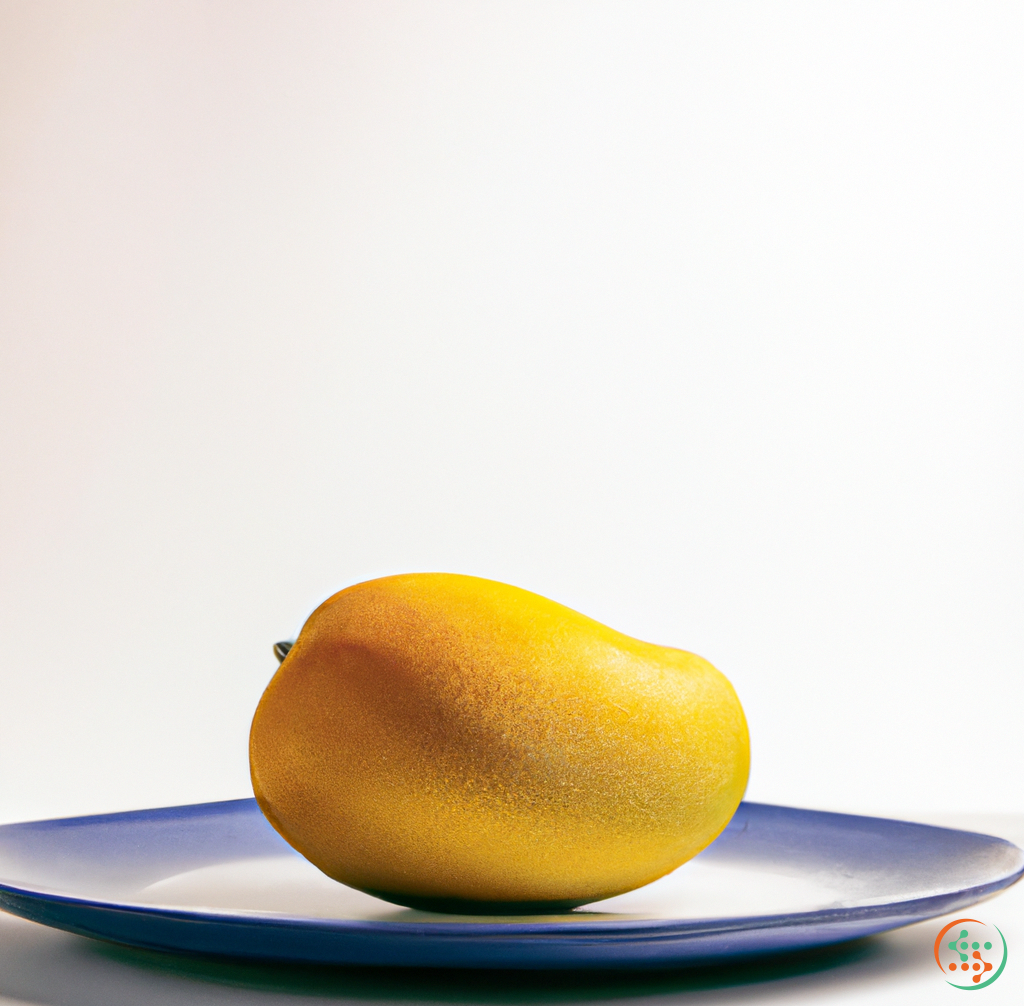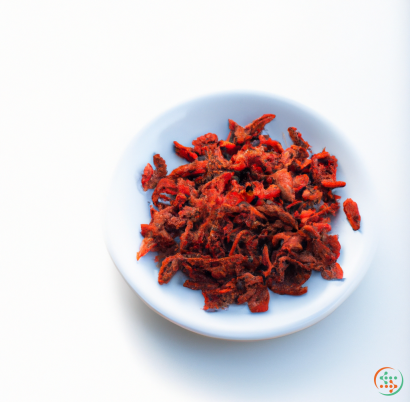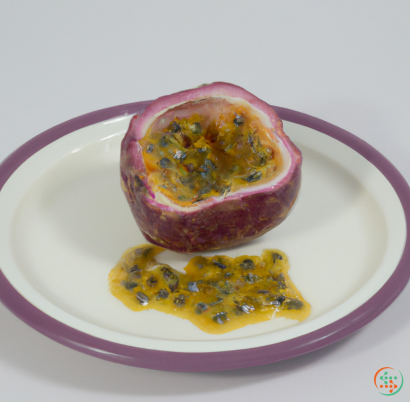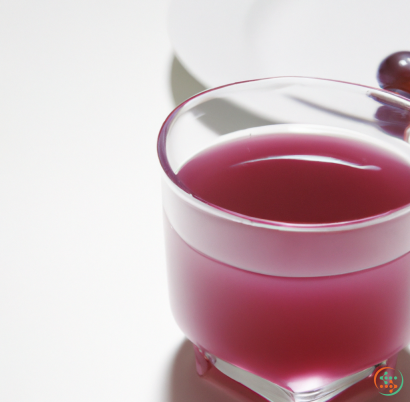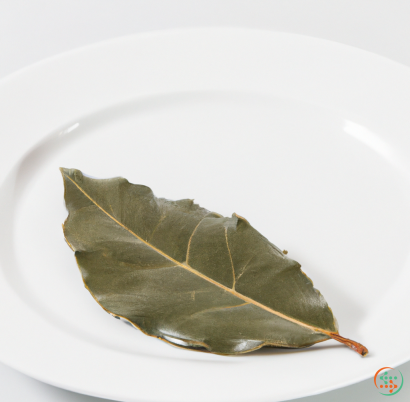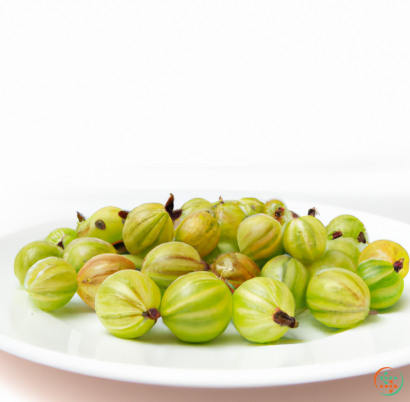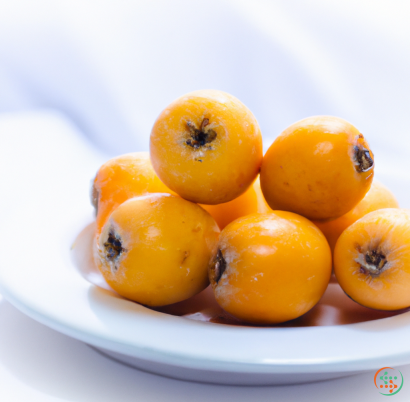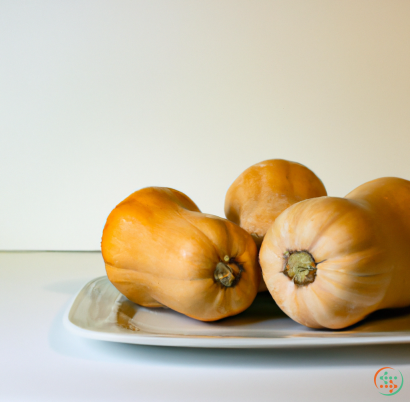Mango
Mangoes are one of the most beloved fruits in the world. They’re sweet, juicy, fragrant, and absolutely delicious! Not only are they enjoyed by people all over the world, but they are also an important part of cultures and diets around the globe. So what exactly is a mango? Let’s take a look!
A mango is a juicy stone fruit, from the flowering tree family “Anacardiaceae”, and is native to South Asia. It has a slightly flattened shape, typically being about 3 to 7 inches long, and varies in color from light green to yellow or even a deep red when fully ripe. The skin of the fruit is thin and may have a slightly slick texture when it’s ripe. One side of the mango will have a more reddish hue compared to the rest of the fruit.
Mangoes come in many shapes, sizes, and colors which can vary depending on the variety and the region they’re grown in. Some of the most popular types of mangoes are Alphonso, Kesar, andanacha. Alphonso is an Indian variety of mangoes that are considered to be one of the most delicious, with a soft yellow-ish flesh and an ultra-sweet taste. Kesar mangos, on the other hand, are smaller and lighter in color, but with a softer, juicier flavor. Anacha mangos are larger, with darker skin and a more intense, aromatic flavor.
Inside a ripe mango, the flesh can range from creamy and firm to very soft, depending on the variety. Towards the center of the fruit is a flat, round pit, which can cause the fruit to narrow in the center or even develop a slight dent in the center. Mangoes are usually eaten fresh or used in recipes as an ingredient. The flesh of the fruit can be used for making juices, smoothies, desserts, salads, salsas, chutneys, curries, and even ice creams. Its sweetness works wonderfully in savory dishes as well, making it a great addition to stir-fries and rice dishes.
The health benefits associated with the sweet and delicious mango are numerous. The fruit is filled with dietary fibers, vitamins, minerals, and antioxidants. These nutrients help to boost your immune system, reduce inflammation, and protect your body from disease. What’s more, the abundance of vitamin A in mangos can help to improve your skin, while the dietary fiber can help to regulate your digestion and promote a healthy weight.
When it comes to buying and storing mangos, it is important to pick the right ones. Choose fruits that are fragrant and “give” a little when you press them, and try to avoid ones with bruises or blemishes. To ripen a mango, place it in a paper bag or in a warm spot like your kitchen counter. Once ripe, store the fruit in the refrigerator to keep it fresh for longer.
Mangoes are one of the most beloved fruits in the world and have been described as “nature’s candy” due to their sweet, juicy, and fragrant nature. They are nutrition powerhouses filled with vitamins, minerals, dietary fibers, and antioxidants. They can be eaten fresh or used in recipes for juices, smoothies, desserts, salads, chutneys, and much more. If you’re looking for a delicious and nutritious snack, reach for a mango.
Mangoes are one of the most popular fruits in the world, consumed by people all over the world. But as you may have wondered, how exactly does it journey from the tree to your dinner plate? In order to explain, let’s first explore the process that produces a mango.
The Mango Life Cycle
All plants, including mango trees, have a life cycle that consists of four distinct stages, from seed to fruit. The mango life cycle begins with the seed, which is usually planted during the wet season. Once the seeds germinate and planted, the mango tree begins its growth, producing stems and leaves. The process can take anywhere from 4 to 6 years and is dependent on environmental conditions like temperature and water availability.
During the second stage, the tree blooms, producing flowers that open up either all at once or in waves throughout the spring and summer months depending on the type of mango. These flowers will eventually develop into fruits, which is usually around summertime. However, not all flowers will produce fruits due to the impact of climate and other environmental conditions that can negatively affect the pollination process.
In the third stage, the fruits, now known as “mangoes”, form, grow and mature. Typically, mangoes will mature and be ready to harvest within 3-5 months of flowering. Once harvested, the mango is taken to a processing facility, where they are washed and inspected to ensure quality.
In the fourth and final stage, the mango is packaged and shipped to its final destination, be it a local grocery store or even right to a customer’s door. A single mango may travel to many countries before it makes it to the dinner plate.
Harvesting and Processing Mangoes
Mangoes are usually harvested by hand or with mechanical pickers when they’re bright green or yellow in colour, indicating that they’re ripe. As soon as they are harvested, the mangoes are transported to the processing facility, which usually consists of a storage area and a packing area.
When the mango reaches its destination, it is first inspected for quality. This process involves carefully examining the texture, colour, size and aroma of the mango, ensuring that it meets the customer's standards before it is even accepted.
Once the inspection process is complete and the mango passes, it is then washed and sorted into various boxes and some boxes are further graded by size, shape and condition. After they are sorted and graded, the mangoes are then packaged in various bags and sent to the retail outlets. As the mangoes are packed and ready to be shipped, they are labelled with information such as the variety, shipping time, destination and any relevant warnings regarding quality.
Distribution and Other Factors
As mangoes have to travel far distances, several important factors come into play when considering the optimal route for transportation purposes. First and foremost, the mangoes need to stay fresh for as long as possible, especially when considering the long journey from one country to another. As such, careful consideration must be given to maintaining the temperature and humidity levels inside the container during transportation.
Furthermore, mangoes are a popular fruit among consumers, so it is important to ensure that it is stocked and sold in the shortest window of time possible. Delaying this process for too long could result in the mangoes going bad, resulting in spoilage and monetary losses for the retailers.
Lastly, the entire distribution process needs to be efficient and economical, as mangoes can be quite expensive. When it comes to international transportation, air freight is the preferred method since it is cost effective and the most reliable way of delivering mangoes in a short time. Once they reach their international destination, they are then transferred to either trucks or ships for subsequent transport.
Serving Up Mangoes
Now, the mango is finally ready to be served up on a dinner plate. Depending on the preference, it can be eaten as-is or used as an ingredient in many different cuisines. Mangoes are a great source of nutrition due to their high levels of vitamins A and C, so they make a great addition to any dish.
Whether it’s enjoyed fresh, frozen or in the form of a smoothie, mangoes offer many different possibilities for all sorts of meals. All it takes is a bit of creativity to turn a simple mango into an amazing and delicious experience!
Conclusion
From seed to plate, the journey of a mango is quite an incredible process. It involves cultivating, harvesting and packaging the mango, along with many other activities along the way. This process ensures that mangoes are safely and conveniently made available to customers all around the world, allowing people to enjoy and partake in this incredibly delicious and nutritious fruit.
| Vitamin A | 0.054 mg | |
| Beta-Carotene | 0.64 mg | |
| Alpha-Carotene | 0.009 mg | |
| Vitamin E | 0.9 mg | |
| Vitamin K | 0.0042 mg | |
| Vitamin C | 0.0364 grams | |
| Vitamin B1 | 0.03 mg | |
| Vitamin B2 | 0.04 mg | |
| Vitamin B3 | 0.67 mg | |
| Vitamin B4 | 0.0076 grams | |
| Vitamin B5 | 0.2 mg | |
| Vitamin B6 | 0.12 mg | |
| Vitamin B9 | 0.043 mg |
| Calcium | 0.011 grams |
Daily Value 1.3 g
|
| Iron | 0.16 mg |
Daily Value 0.018 g
|
| Magnesium | 0.01 grams |
Daily Value 0.4 g
|
| Phosphorus | 0.014 grams |
Daily Value 1.25 g
|
| Potassium | 0.168 grams |
Daily Value 4.7 g
|
| Sodium | 0.001 grams |
Daily Value 2.3 g
|
| Zinc | 0.09 mg |
Daily Value 0.011 g
|
| Copper | 0.11 mg |
Daily Value 0.9 mg
|
| Manganese | 0.06 mg |
Daily Value 0.0023 g
|
| Selenium | 0.6 ug |
Daily Value 0.055 mg
|
| Tryptophan | 0.013 grams | |
| Threonine | 0.031 grams | |
| Isoleucine | 0.029 grams | |
| Leucine | 0.05 grams | |
| Lysine | 0.066 grams | |
| Methionine | 0.008 grams | |
| Phenylalanine | 0.027 grams | |
| Tyrosine | 0.016 grams | |
| Valine | 0.042 grams | |
| Arginine | 0.031 grams | |
| Histidine | 0.019 grams | |
| Alanine | 0.082 grams | |
| Aspartic Acid | 0.068 grams | |
| Glutamic Acid | 0.096 grams | |
| Glycine | 0.034 grams | |
| Proline | 0.029 grams | |
| Serine | 0.035 grams |
| Glucose | 2.01 grams |
|
| Fructose | 4.68 grams |
|
| Sucrose | 6.97 grams |
|
| Total Sugars | 13.7 grams |
per 100g
|
| Myristic acid (14:0) | 0.01 grams |
|
| Palmitic acid (16:0) | 0.07 grams |
|
| Total Saturated fatty acids: | 0.08 g | |
| Oleic acid (18:1) | 0.08 grams |
|
| Palmitoleic acid (16:1) | 0.07 grams |
|
| Total Monounsaturated fatty acids: | 0.15 g | |
| Linolenic acid (18:3) | 0.05 grams |
|
| Linoleic acid (18:2) | 0.02 grams |
|
| Total Polyunsaturated fatty acids: | 0.07 g | |
